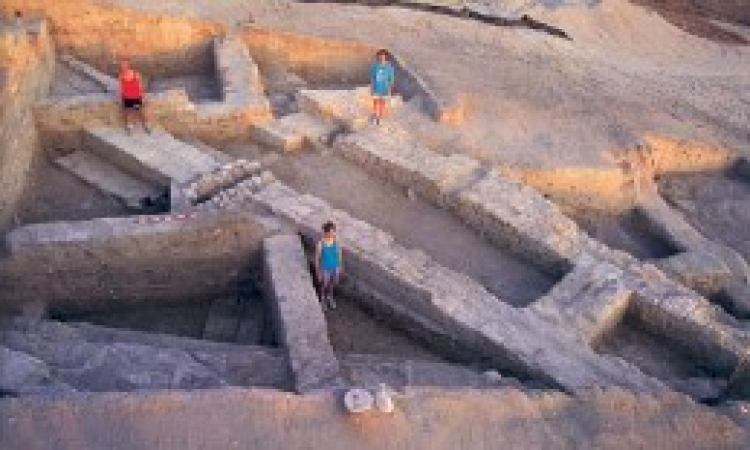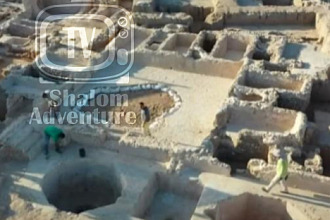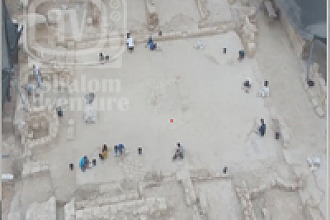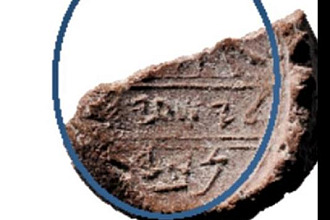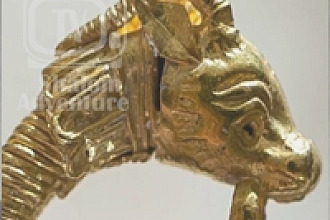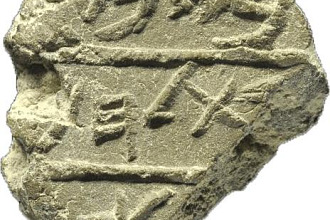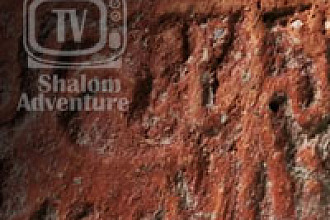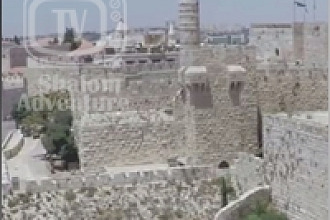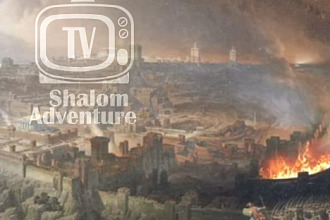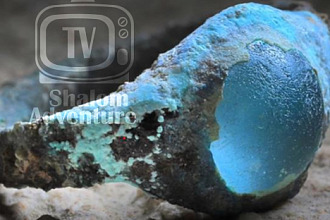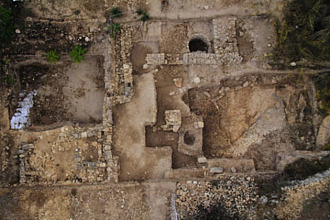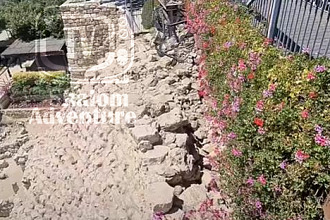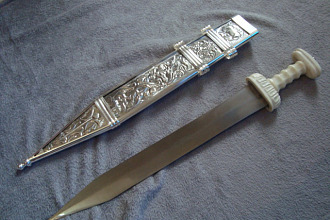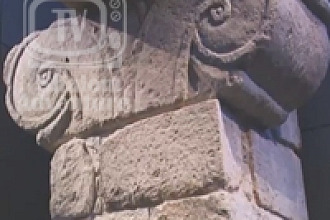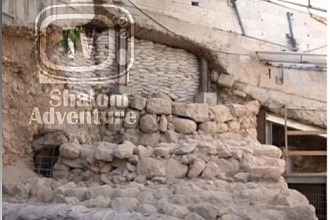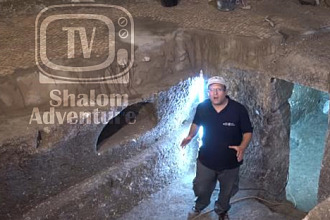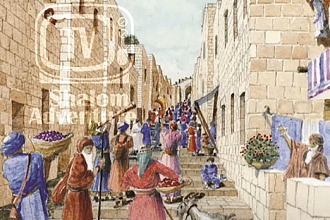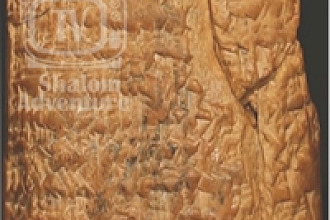The Christian Broadcasting Network (CBN) reported the discovery of a building that "might have been the house of Elisha the prophet" at Tel Rehov in Israel. The sixteen-year-long excavations at Tel Rehov, directed by the Hebrew University of Jerusalem archaeologist Amihai Mazar, investigate the largest Canaanite and Israelite sites in the Beth-Shean Valley, located in one of the largest tells in the nation. The team was able to reconstruct the name Elisha in a red ink inscription on a broken piece of pottery. According to the Bible, the prophet Elisha grew up in nearby Avel Mehola and would have prophesied in the second half of the ninth century B.C., the era of the stratum in which the sherd was found.
During the 2013 field season, the team investigated a unique two-wing house with clay figurines and incense altars, an artifact type well-known from earlier investigations at Tel Rehov.* In addition to finds at the house, references to the family of Nimshi have been uncovered at and near Tel Rehov. In the Bible, Elisha sends a disciple to anoint Jehu, a member of the family of Nimshi, as the king of Israel.
The CBN report associates a particular room in the house—where archaeologists uncovered the sherd naming Elisha, a table and bench—with that of the Biblical prophet Elisha. 2 Kings 4:8-9 includes the narrative:
One day Elisha was passing through Shunem, where a wealthy woman lived,** who urged him to have a meal. So whenever he passed that way, he would stop there for a meal. She said to her husband, 'Look, I am sure that this man who regularly passes our way is a holy man of God. Let us make a small roof chamber with walls, and put there for him a bed, a table, a chair, and a lamp, so that he can stay there whenever he comes to us.'
Amihai Mazar told CBN, "I cannot say for sure this particular Elisha that we found is the Biblical Elisha. You know it's very difficult to say, but it is very tempting because it is exactly the period when Elisha acted – the second half of the ninth century B.C." In the CBN article, archaeologist Stephen Pfann notes that Elisha was not a common name in ancient Israel, supporting his conviction that the Elisha named on the pottery fragment is the prophet Elisha.
While there are reasons to connect Tel Rehov with the prophet Elisha, the evidence is far from conclusive. On the BiblePlaces blog, Biblical studies professor Todd Bolen lists six important considerations related to the Tel Rehov discoveries, including the incomplete/reconstructed nature of the inscription, the association of commonplace finds with a specific Biblical character and the dissociation between Biblical prophets and incense altars, which have been found in the house in question and across the site of Tel Rehov.
Click here to read the CBN news report.
Click here to read Todd Bolen’s commentary on the report on the BiblePlaces blog.
Originally found here

